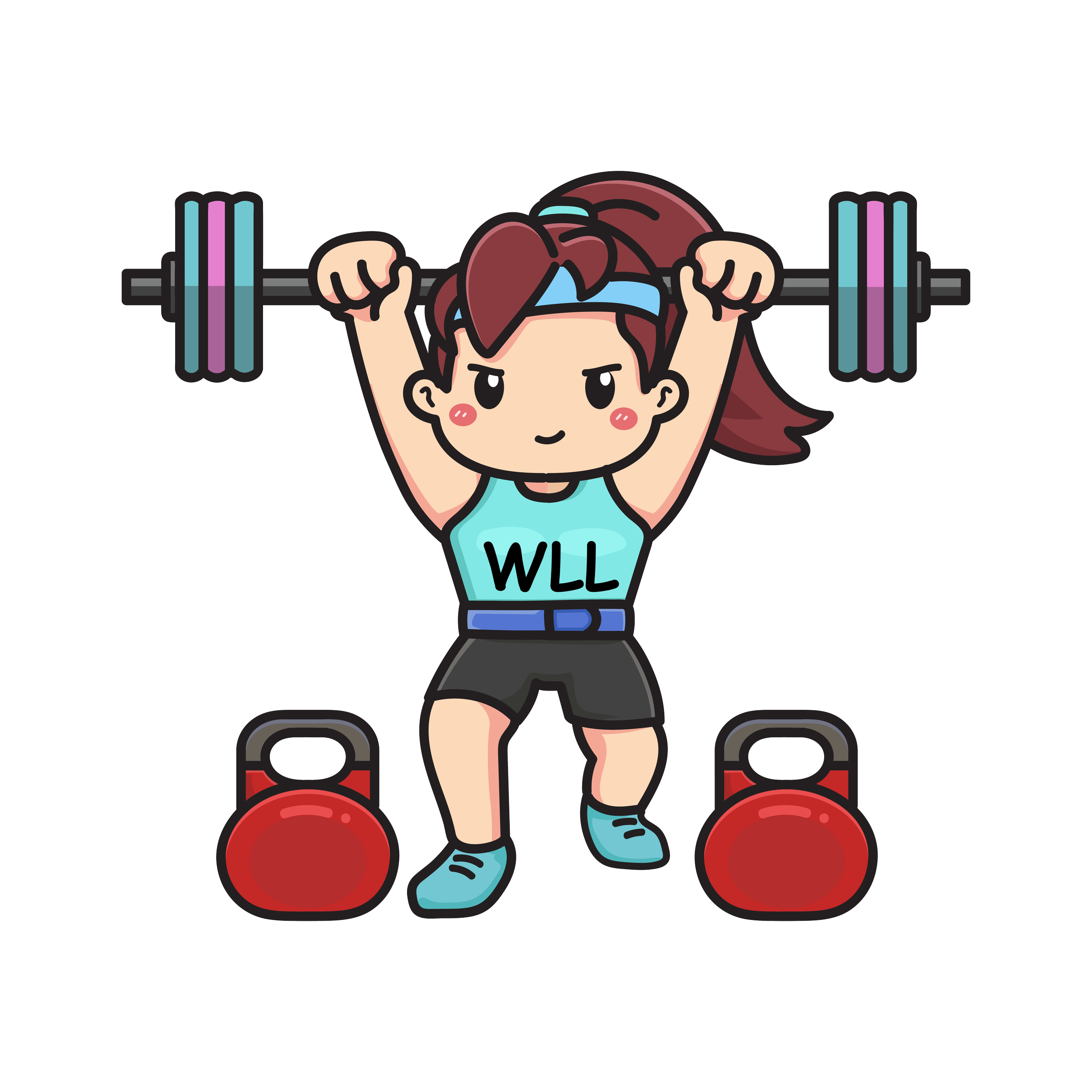Polycystic Ovarian Syndrome
What is PCOS?
Found commonly among women of reproductive age and under the age of 40, polycystic ovarian syndrome or PCOS affects nearly 5 million women in the US (Penn Medicine, 2020). This syndrome is characterized by the development of fluid-filled cysts on the ovaries, acne, fertility issues, excess hair growth, and irregular menstrual cycles. PCOS ultimately is a hormonal disorder that has a few causes. Currently, there is no definitive reason as to why some women have to go through the pain and discomfort of PCOS, however, there is both a genetic and environmental factor to the syndrome’s appearance. More often than not, there is a pattern of inheritance among female family members who end up being diagnosed with PCOS. Besides genetics, another main culprit has been insulin resistance.
Insulin resistance is when muscle, liver, and fat cells don’t respond to insulin, causing glucose to accumulate in the blood. In addition to this resistance causing type two diabetes, research has also suggested that the build-up of insulin within the body may result in hyperandrogenemia, or an excess of androgen (Hopkins Medicine,2020). Androgen is a group of hormones including testosterone that is present in both males and females. Not only are these hormones essential in women’s bodies to begin puberty, but they are continuously produced by the ovaries, fat and adrenal cells, as androgen is converted into estrogen. PCOS is thought to be caused by hyperandrogenemia as the female body is unable to synthesize the excess amount of androgens into estrogen. The unprocessed androgens then interfere with reproductive health by preventing ovulation. During ovulation, the ovaries produce an egg, however, if it is not fertilized, the egg should be shed along with the uterine lining during menstruation. Androgens prevent this cycle, and pose a risk to women, due to the fact that if ovulation does not occur, the ovaries may produce painful cysts.
So what can women do?
Unfortunately, there is no current cure for PCOS, however, symptoms may be mitigated by lifestyle changes. Most commonly women take birth control to increase and regulate estrogen hormone levels. Beyond that, an often underlooked treatment plan that may provide some relief is exercise. Skeletal muscle accounts for nearly 40% of body weight (Kim, Kyoung Min et al, 2016) and is responsible for 75%-95% of glucose intake. Through resistance training, insulin sensitivity can be increased, and possibly prevent the onset of hyperandrogenemia. In addition to building muscle mass and strength, resistance exercise can lead to a decrease in fat tissue. As stated before, fat cells are one of the sources of androgen, thus by reducing the production sites of these hormones, less androgen is produced. All types of exercise including cardio and high intensity interval training can be beneficial to your health, however strength and resistance training may be more inline with the goal of mitigating the effects of PCOS.
Written by: Ana Dieng


